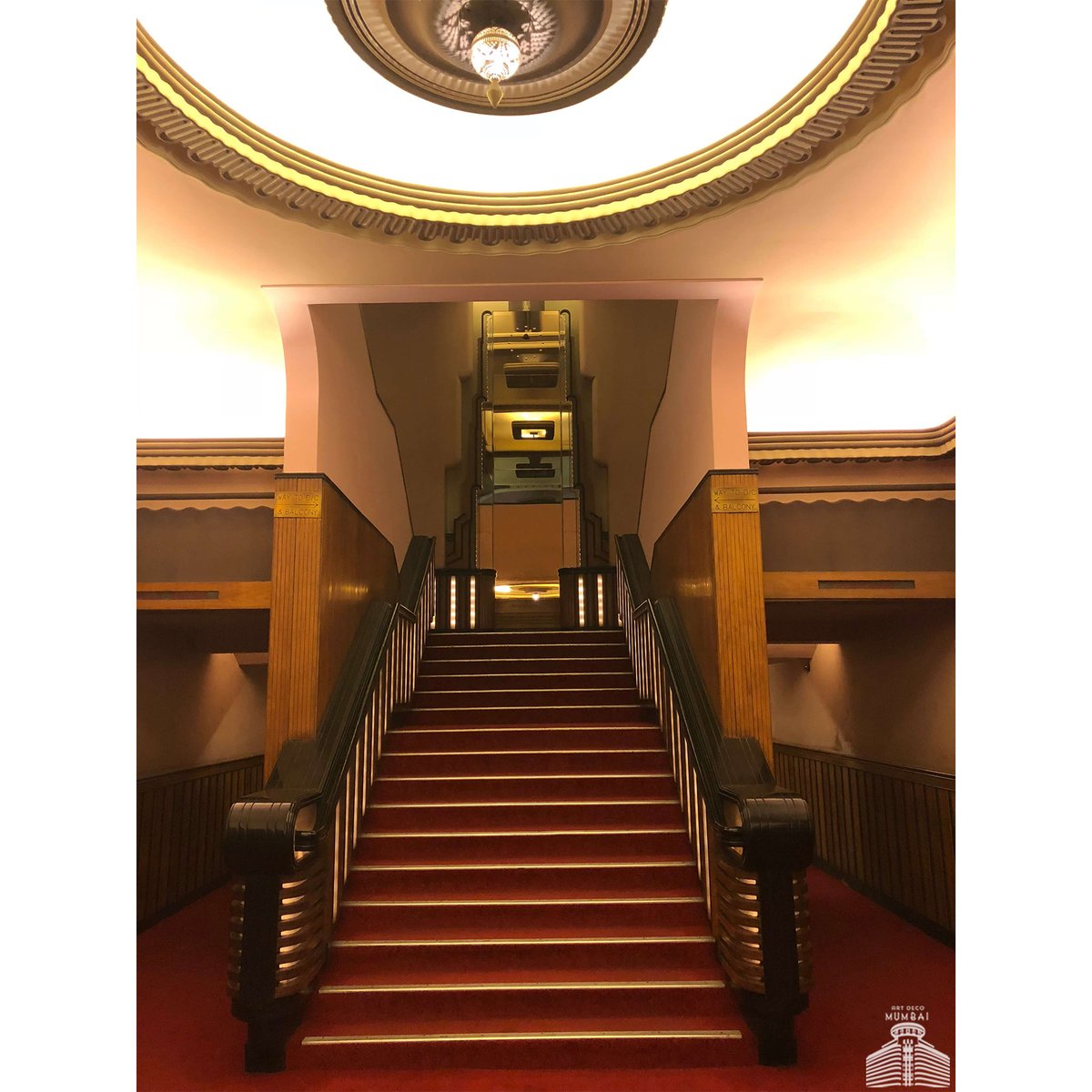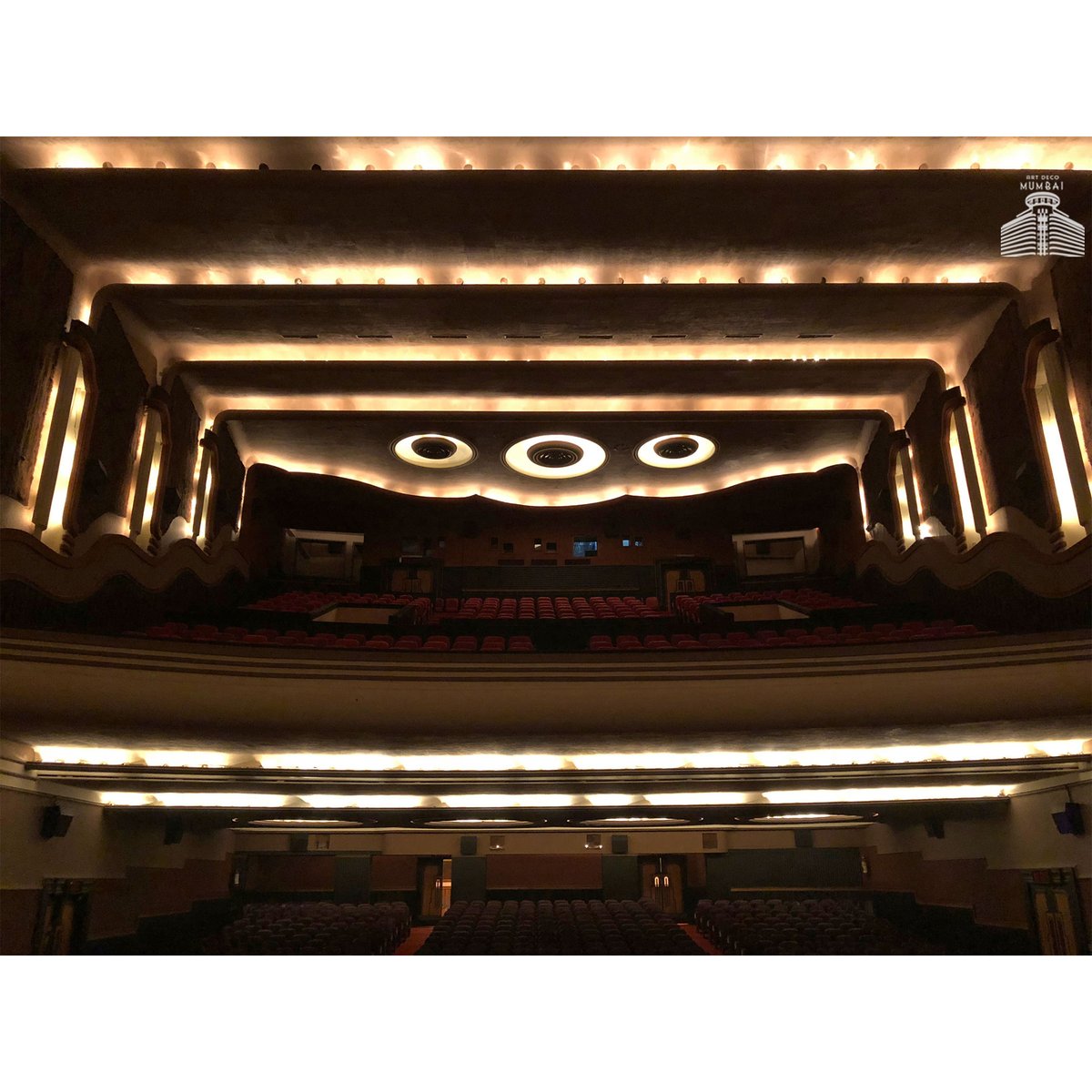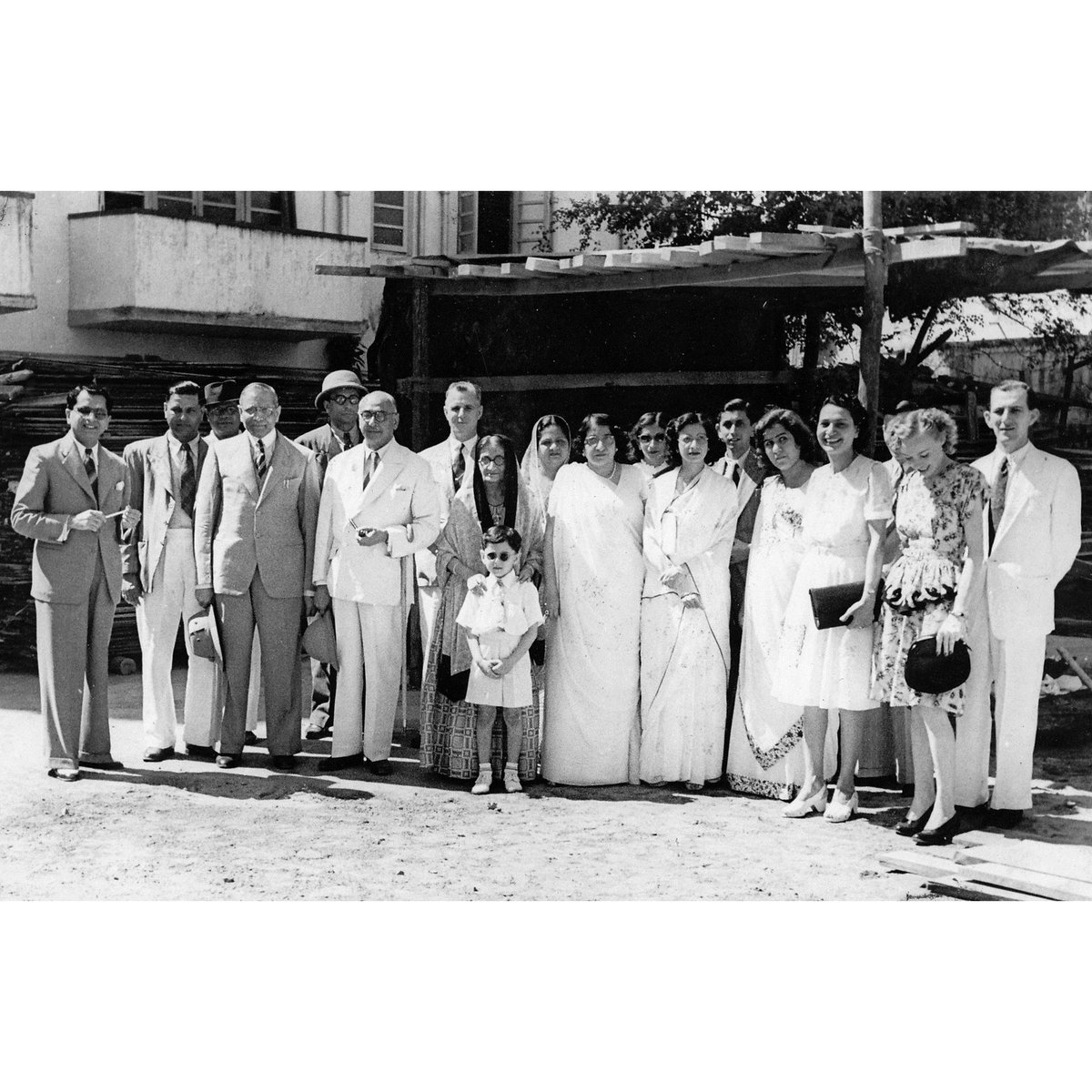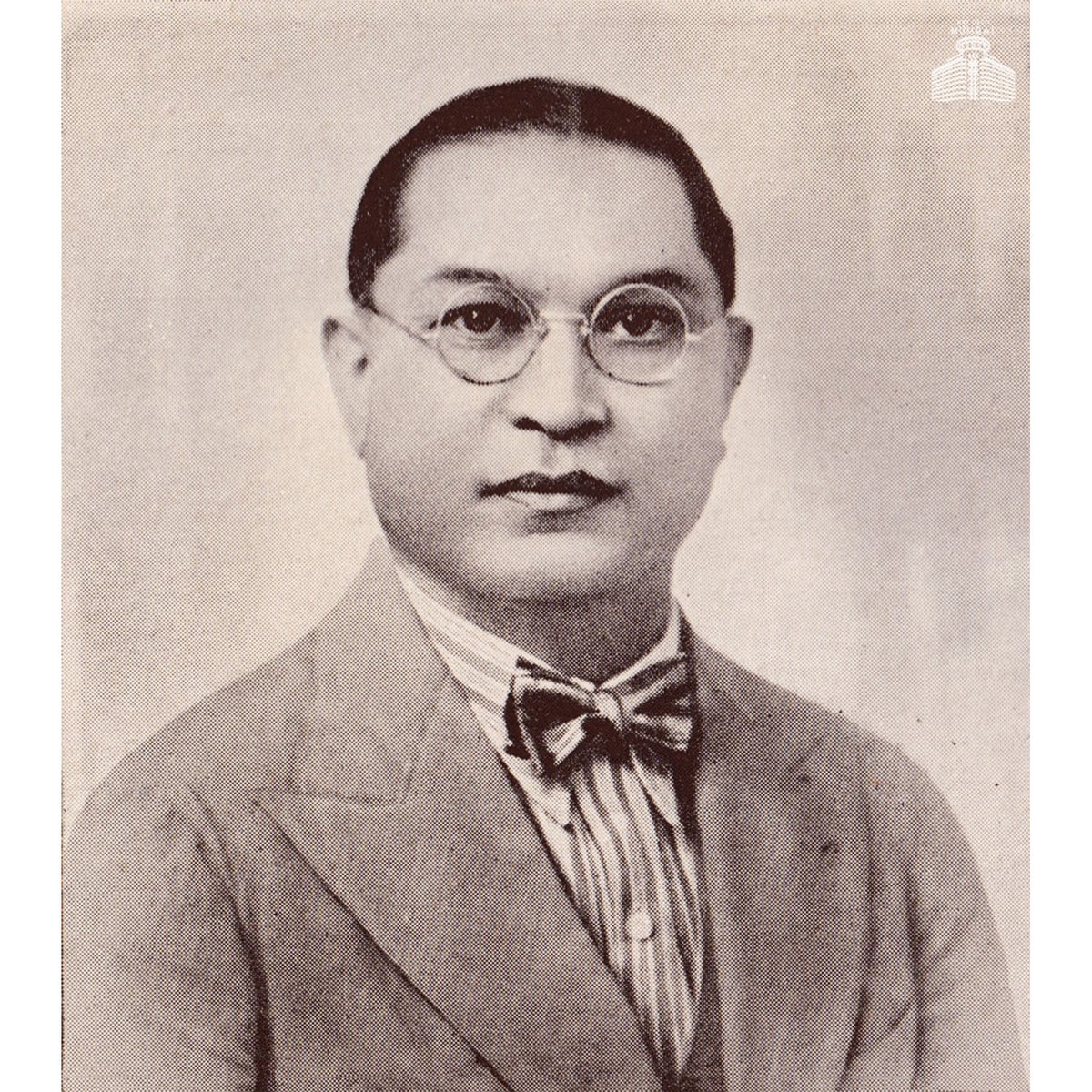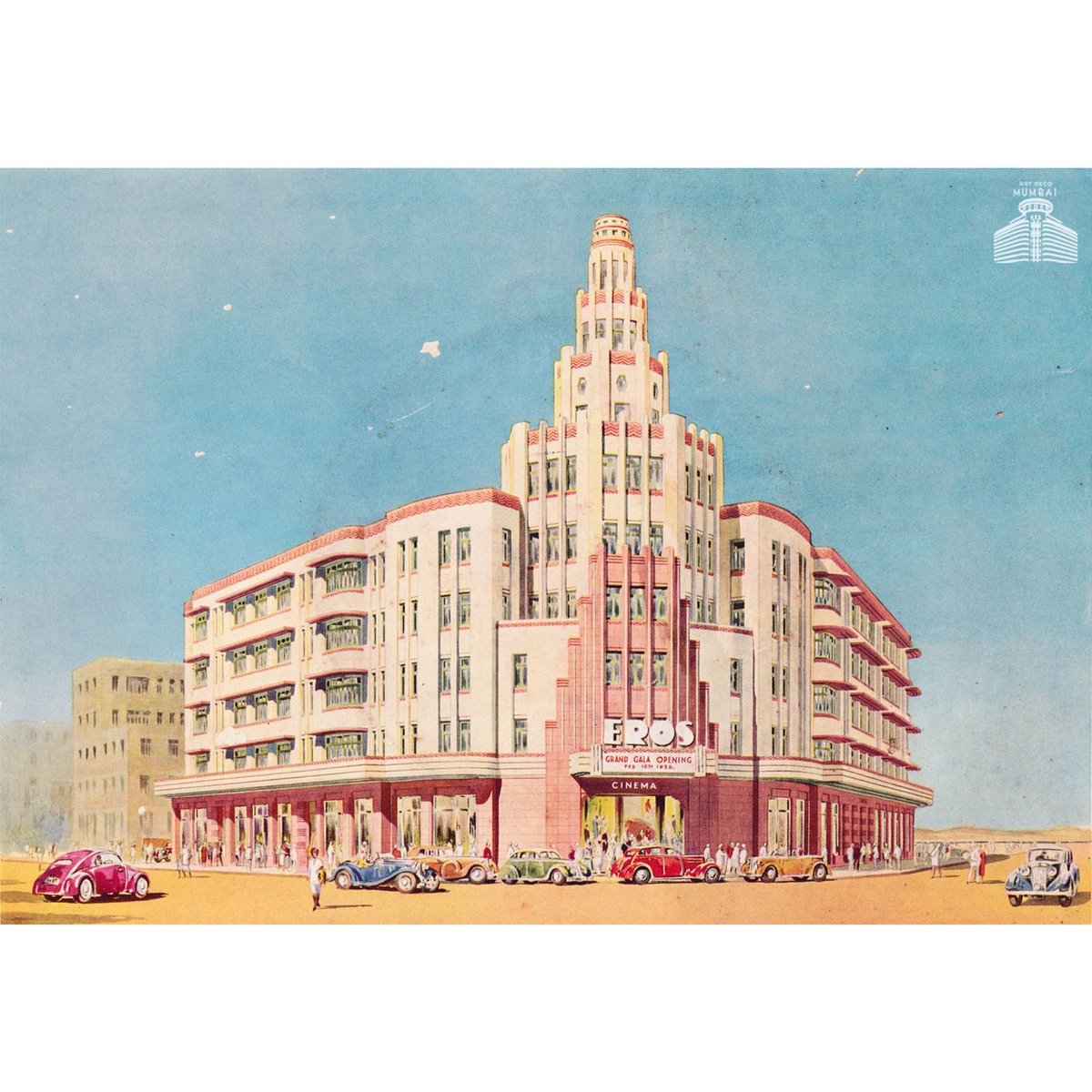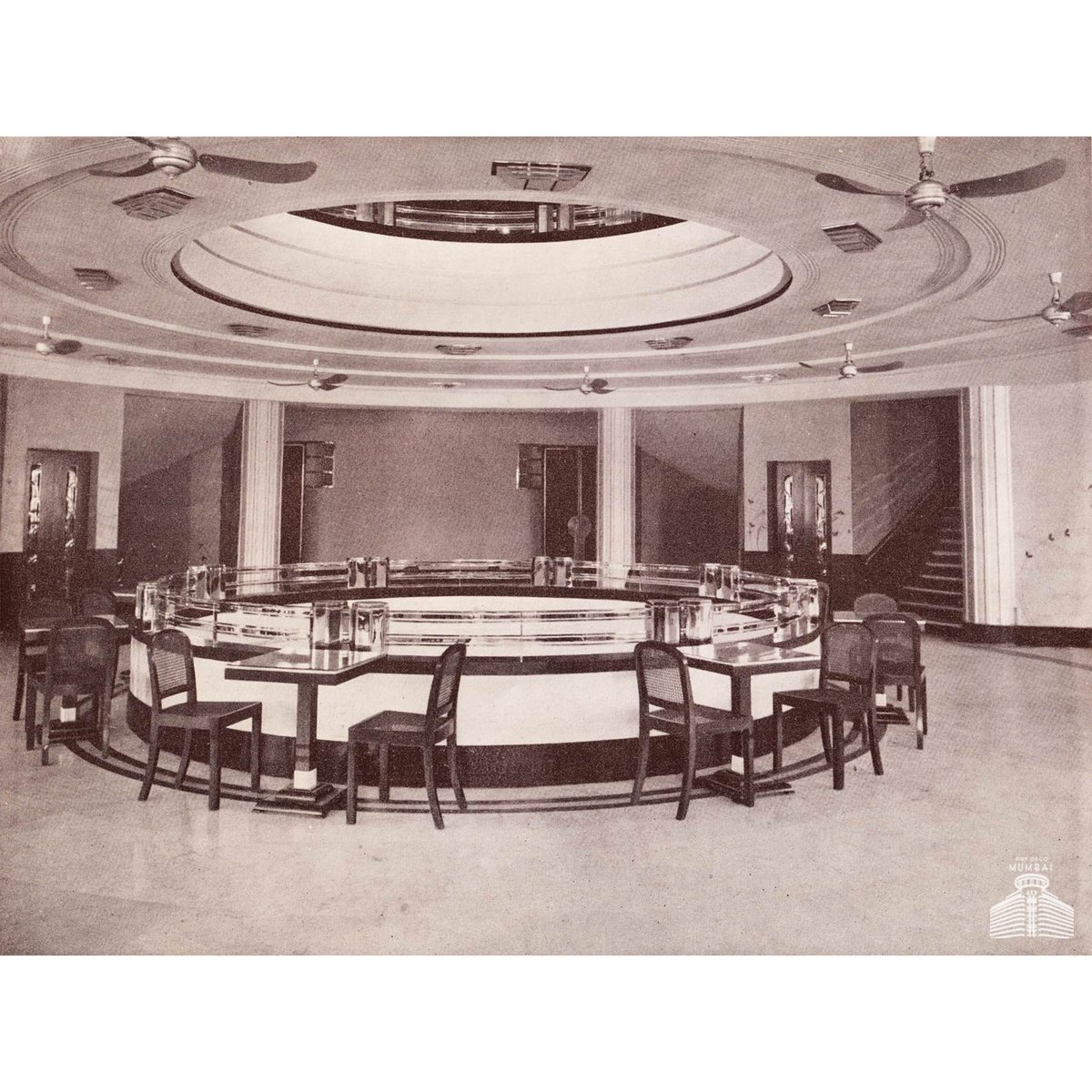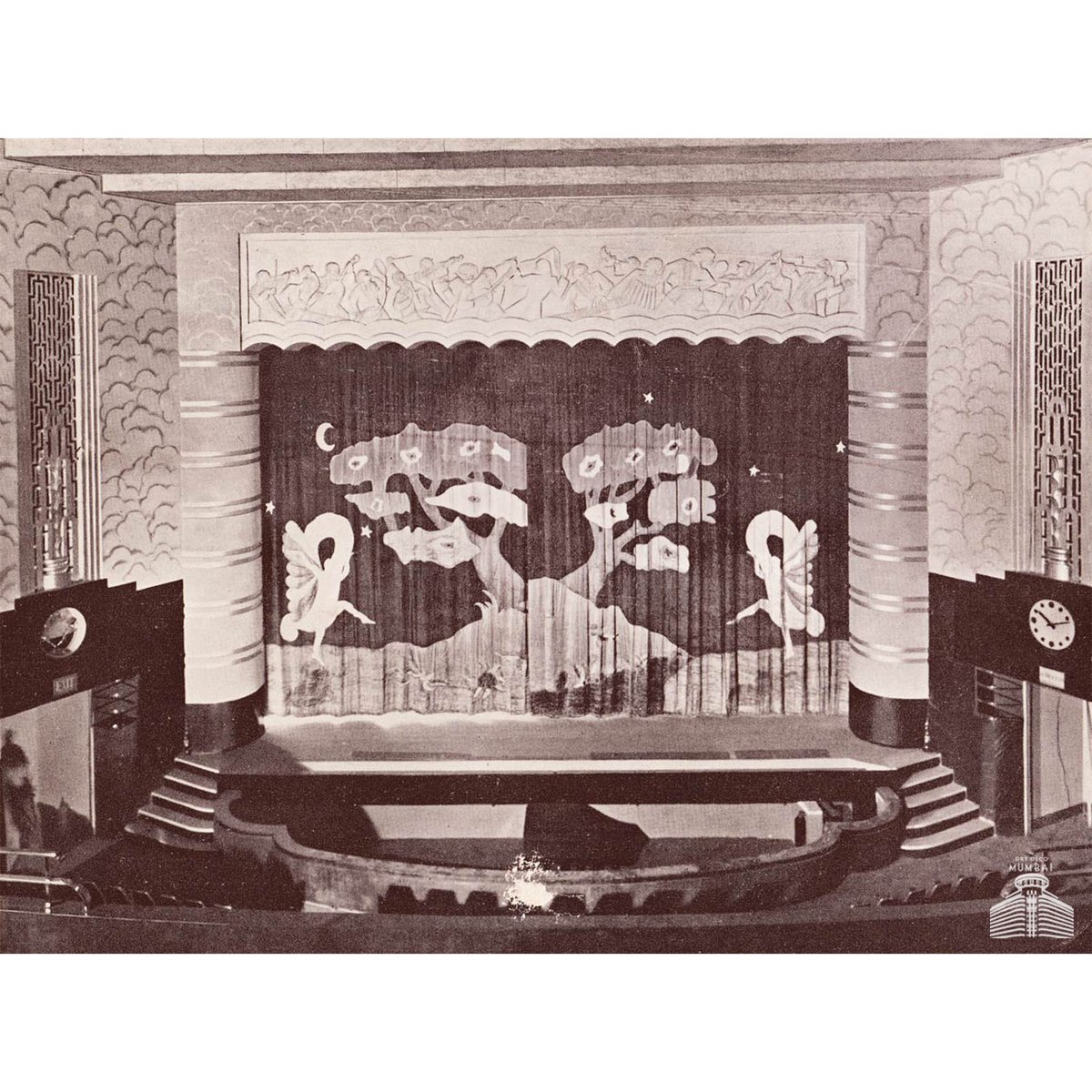Marble Arch, Cumbala Hill, 1940’s. Architect: Gajanan B. Mhatre, A.R.I.B.A. Despite the limitations of the apartment template, some architects like Claude Batley and G B Mhatre were creative and unique in their apartment designs, especially in the way their buildings were sited, 






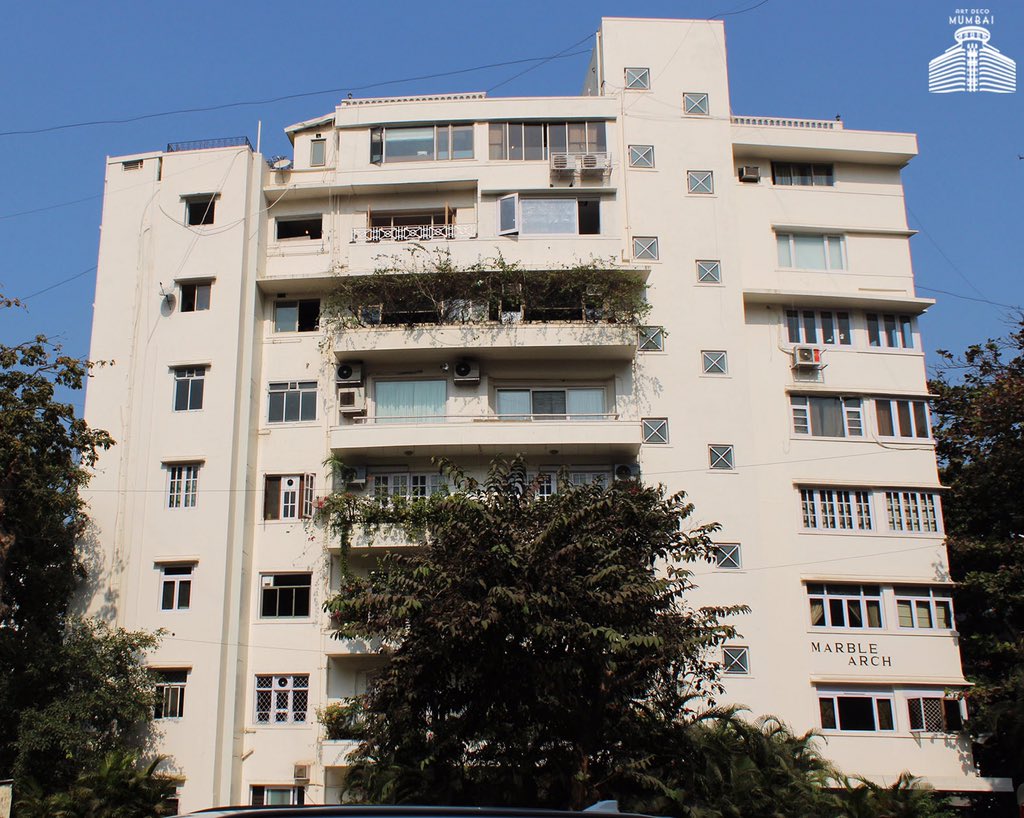
proportioned and detailed. Mhatre’s later buildings, Marble Arch on Pedder Road was outstanding when built in the 1940s and remains so today. It is especially interesting in its site placement and entry way. Marble Arch is curved so that both sides are seen as you approach it
from Pedder Road. The building is not set back from the road uniformly. The logic of its orientation becomes clearer when you see that Marble Arch was part of a group of buildings set around an open space. The buildings, KumKum, Ark Royal and Windcliff, also designed by Mhatre,
were part of the ensemble. Marble Arch was modern in the layout of its rooms and their proportions and details. The building is best seen as part of a group of buildings also designed by Mhatre. Though the buildings differ from each other in their plan arrangements, they are
visually connected by the continuity of the compound walls and similarity of some elements in the facades. Kamu Iyer in #Boombay 2014. #KamuIyer #GBMhatre #Apartment #DesignAesthetics #sensibility #artdeco @winterapples #RadhaRajadhyaksha @bombayologist
• • •
Missing some Tweet in this thread? You can try to
force a refresh



